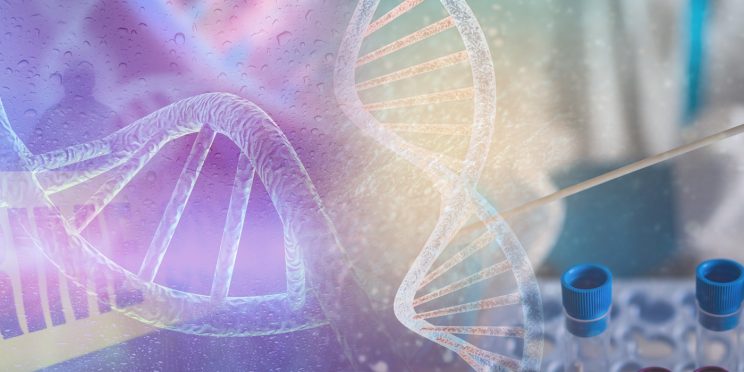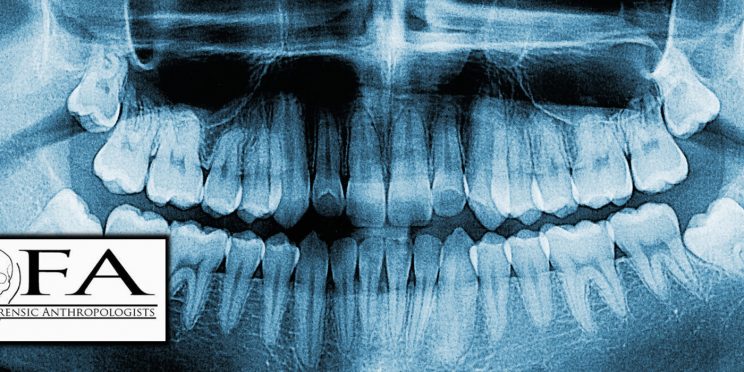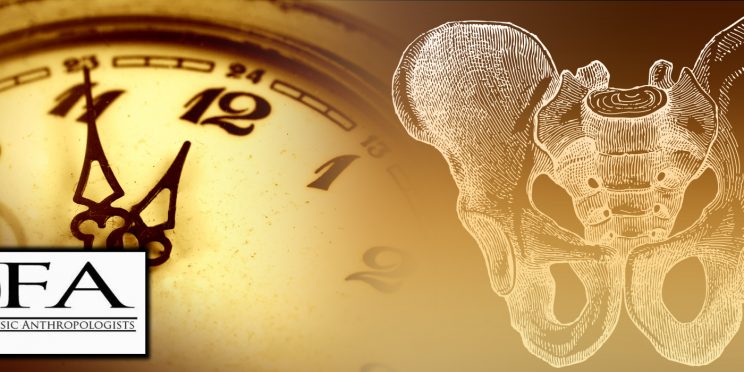Working Group on Data Exchange in Medicolegal Death Investigation
The National Institute of Justice and its Forensic Technology Center of Excellence convene the Working Group on Data Exchange in Medicolegal Death Investigation in collaboration with and supported by the Centers for Disease Control and Prevention (CDC) National Center for Health Statistics (NCHS). This working group is a diverse assembly of medicolegal death investigation professionals and ancillary professionals working to document and provide recommendations to enhance data exchange and collection in death investigation. This Medicolegal Death Investigation-Data Exchange-Working Group (MDI-Data-WG) gains insight from medical examiners, coroners, forensic investigators, epidemiologists, public health analysts, researchers, crime laboratory directors, law enforcement, federal agencies, toxicologists, and forensic pathologists acting as members, observers, and facilitators. The initial focus of this working group placed specific emphasis on three subcommittees: Frequently Used Data Elements, Taxonomy of Drugs Identified in Fatalities, and Forensic Science Data Exchange. Following breakout discussions during the December 2022 meeting, the working group will move forward with three subcommittees focusing on:
- Data Elements
- This group will continue to focus on information obtained during an MDI investigation including cause and manner-specific data elements; standardizing fields and definition of data elements allows data exchange among community members who need timely data, such as public health/surveillance and other drug related data systems (e.g., prescription drug monitoring programs, Overdose Detection Mapping Application Program [ODMAP]).
- Emerging Drugs
- This group will continue to assist in developing methods of capturing and disseminating information on the types of drugs involved in deaths, including drug toxicology taxonomy and other categorizations and classification needs around drug naming, drug terms, drug mappings, and drug classification among MDI collaborators to facilitate information exchange of data related to drug overdose mortality.
- Workflow Processes
- This group will continue to gather information about the collecting, storing, and reporting processes between MDI offices and others who either use or contribute to MDI data.
The goals of this working group are to 1) document the types of data that are commonly exchanged with public health and public safety partners and determine collective usage points, 2) provide suggestions on how to improve the naming process for emerging drugs, 3) guide the drug mapping/classification process, and 4) recommend needed enhancements to the operation of exchanging forensic data with other organizations.
Working Group Participants
| Kate Brett | Matthew Gamette | Robert Johnson | Kathryn Pinneri |
| Ted Brown | James Gill | Kelly Keyes | Eric Puster |
| Nichole Bynum | Bruce Goldberger | Bridget Kinnier | Jeri Ropero-Miller |
| Carri Cottengim | Laura Gould | *Alex Krotulski | Kriste Ross |
| Nicole Croom | Christopher Harrison | Sarah Lathrop | Frances Scott |
| Chris Delcher | Scott Hayes | Jennifer Love | *Jennifer Snippen |
| Dan Dye | Bruce Houlihan | Kate Maloney | Margaret Warner |
| *Brian Ehret | Donna Iula | Christine Mattson | Agnes Winokur |
| Erica Fornaro | Linda Jackson | Danielle McLeod-Henning | Lucas Zarwell |
| John Fudenberg | Tracey Johnson | Bobbi Jo O'Neal | * Designates Subcommittee Chair |
Working Group Products
Data Exchange Practices of Medicolegal Death Investigation
Data Exchange Practices of Medicolegal Death Investigation
This document summarizes the opportunities for and challenges of increasing standardization and automation in approaches to collecting and exchanging data among MECs, investigators, forensic scientists, and other MDI collaborators identified by the MDI-Data-WG. It also identifies high-priority needs that, if fulfilled, will build a foundation toward implementing best practices and standards, promoting improved data collection and surveillance, and supporting data exchange for MDI.
The information collected in this document will impact MDI and forensic science communities in the United States by (1) defining, updating, and establishing the most frequently exchanged data elements that are necessary components of a comprehensive and modernized data exchange in MDI; (2) laying the framework for how drugs are named and how these names are communicated to others; and (3) documenting workflow processes, data exchange needs and processes, data standardization methods, and common language for the MDI systems and its stakeholders.
Medicolegal Death Investigation Frequently Used Data Elements
Medicolegal Death Investigation Frequently Used Data Elements
This graphic shows the final list of data elements that should be collected for every case. This graphic also links these frequently used elements to overarching categories of death investigation and indicates how these elements are integrated into the death investigation process. Italicized items are examples of information that could be provided during an investigation, and standard information is represented in normal text. This graphic can be downloaded and used in agency training to ensure all data are collected. Additionally, the graphic can be used to develop checklists for death investigators, develop programming requirements for data developers to code MDI information, or assist with standardization and consistency among data exchange as part of other resources.
Drug Taxonomy: Framework for Subclassification and Naming of Novel Psychoactive Substances
Drug Taxonomy: Framework for Subclassification and Naming of Novel Psychoactive Substances
This framework tool can assist forensic scientists seeking to better understand how drugs are classified by structural components. It is broken down by NPS classes (e.g., opioids) and then further subdivided by subclassifications of each NPS class (e.g., fentanyl analogs). This framework provides potential names for a substance, a figure with a drug structure from the subclass (with core components highlighted), and an example substance that fits within this subclassification. Users of this framework can easily follow this layout to understand how NPS are subclassified and how those drug molecules could be named. The framework was created to be a standalone poster to use as a reference. This alleviates scientists of the need to check multiple sources and allows for quicker association with naming convention and nomenclature. Although this framework tool helps users understand the drug-naming process, it does not provide a means to predict and name future unknown substances by simply following this subclassification scheme and framework.
Ideal State Required for Successful Medicolegal Death Investigation Data Exchange Across Data Exchange Entities
Ideal State Required for Successful Medicolegal Death Investigation Data Exchange Across Data Exchange Entities
This graphic shows the ideal state of medicolegal death investigation data exchange among data entities (i.e., data users and data producers). Data users and data producers are all data entities located in the outermost ring. Each data entity segment indicates specifically named data types or data exchanged systems within it. Arrows in the background indicate the primary (larger arrow), secondary (smaller arrow) or equivalent (equal arrow size) direction of data workflow either coming from the medicolegal death investigation system (i.e., medical examiner and coroner offices within the United States) or being provided to the medicolegal death investigation system indicated by the innermost ring. A middle ring indicates the "System of data programmers and technology developers" that play a professional role by assisting with modernization and digitization of data for the medicolegal death investigation system.
Currently Applied Naming Conventions for Various Subclassifications of Novel Psychoactive Substances
Currently Applied Naming Conventions for Various Subclassifications of Novel Psychoactive Substances
This document outlines recommended naming conventions for several popular novel psychoactive substances (NPS) subclassifications; however, it is not all-inclusive. Example figures and the currently used or existing naming conventions are included for each.
Related Resources
- A Landscape Study of Electronic Case Management Systems for Medical Examiners and Coroners
- Death in Custody: A Comprehensive Review Webinar
- Opioids and Death Investigation: A “Perfect Storm” Webinar
- Just the NIJ Needs Assessment of Forensic Laboratories and Medical Examiner/Coroner Offices Podcast
- Just Being Vocal about Vicarious Trauma Podcast
- FTCOE MDI Stakeholders Meeting
- FTCOE Pathology and Medicolegal Death Investigations Resources
- FTCOE ABMDI CE Resources
- Investigation & Certification of Drug Toxicity Death Training
External Resources
- REPORT TO CONGRESS: Needs Assessment of Forensic Laboratories and Medical Examiner/Coroner Offices
- Strengthening the Medicolegal Death-Investigation System: Improving Data Systems
- Modernizing the National Vital Statistics System
- How Tracking Deaths Protects Health: Data We Count on
- Deaths of Despair: How Connecting Opioid Data Extends the Possibilities for Suicide Research
- Breaking Down Barriers for Drug Death Data
- Drugs, Death, and Data
- Data Modernization Initiative
Funding for this Forensic Technology Center of Excellence report was provided by the National Institute of Justice, Office of Justice Programs, U.S. Department of Justice. This work was also supported by the Centers for Disease Control and Prevention (Contract Number HHSM500201200008I, Task Order Number 200-2016-F-91567).
The opinions, findings, and conclusions or recommendations expressed in this report are those of the author(s) and do not necessarily reflect those of the U.S. Department of Justice or the Centers for Disease Control and Prevention.
Contact us at ForensicCOE@rti.org with any questions and subscribe to our newsletter for notifications.




